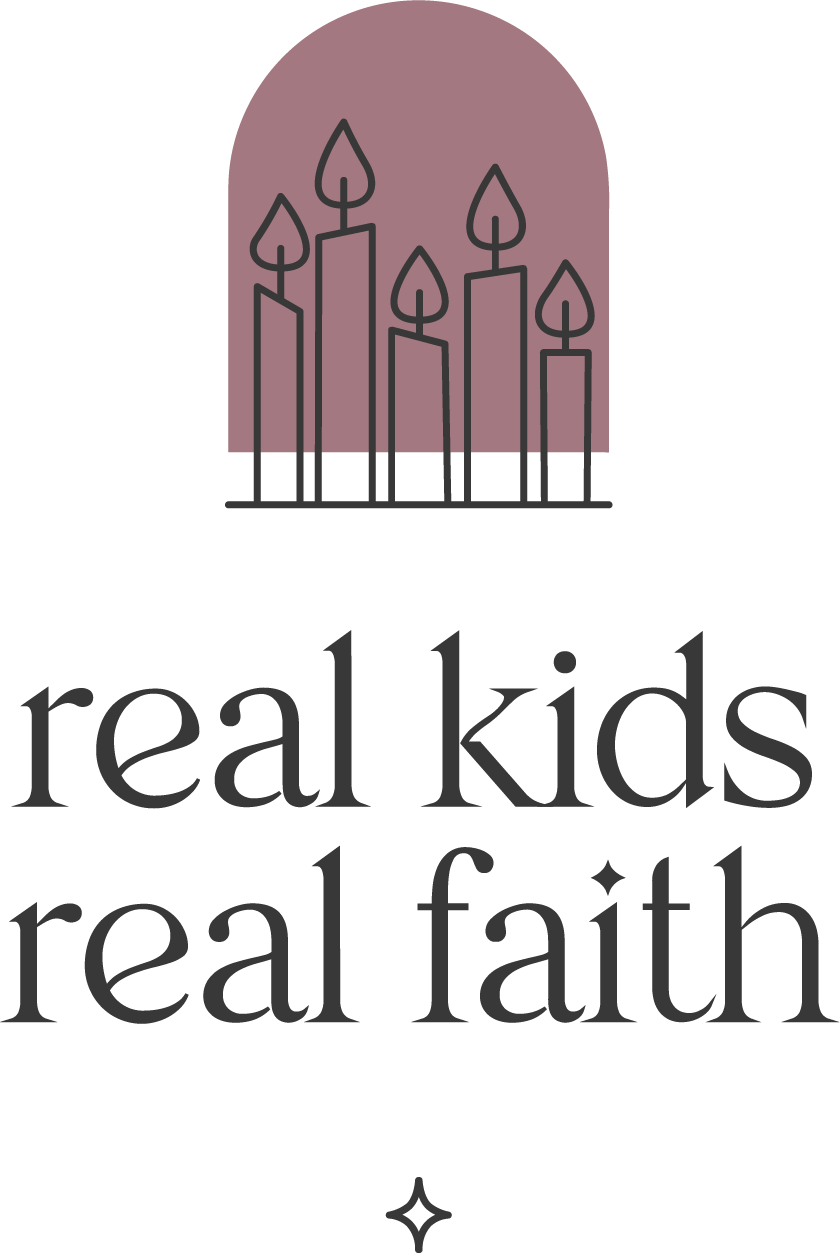While hanging out with a babysitter one evening, my children decided to create their own tabletop game. They drew a board on a large sheet of poster paper, cut cards for a draw pile, constructed a spinner, and raided their lego sets for playing pieces. When I asked the sitter what prompted this activity, she replied, “They wanted to create something new rather than settle for another round of the same old activities.”
Creativity is often an underrated skill. So much of children’s schooling focuses on filling in worksheet blanks and knowing the right answers for standardized tests. Opportunities for wondering and exploration decline with age, even though creative thinking is an essential tool for successfully navigating change.
Educator Jason Blair believes that helping children shift into new ways of looking at the world is key to nurturing creativity. He has identified three mindsets that are particularly useful: the artistic, designer, and change agent perspectives.
Encouraging children to think like an artist means creating spaces where they can use their imaginations and play with ideas. They might wonder about alternative uses of a particular object: a chair that can also be the structure for a fort, a step stool for reaching high spots, or a car in an imaginary subway train. They could read a book like Magic Candies, in which a child hears pets, leaves, and furniture sharing their thoughts about life together (see Related Resources). They might even dream up questions that they would like to ask objects around them, imagine the answers those objects would give, and then create a piece of art that shares this imaginary conversation with others.
Design thinking teaches children to value creative collaboration. It focuses on identifying human problems, testing possible solutions, and reflecting on how well various resolutions meet people’s needs. Kids might share something that worries them and brainstorm with others ways to address that issue. Together, they could map out the steps needed to move from the problem to various solutions, wondering about the pros and cons of each approach. Along the way, they might pause to pay attention to each other’s feelings about the efficacy of each proposal.
Children’s creativity is empowered when they are invited to think like a change agent. Like design thinking, this approach works best as a collaborative effort. It encourages kids to imagine a more just society, a more sustainable environment, a more hospitable neighborhood. Fuel this kind of creative thinking by touring your community (physically or virtually using Google Earth). Talk with local activists and non-profit leaders about communal and environmental needs. Then suggest that children imagine how they want their community to be in 10 years. Ask what needs to change and how they see themselves and others contributing.
What all of these creativity mindsets have in common is an emphasis on process over outcomes. Children need to hear that creative thinking leads to multiple solutions rather than a single right answer. Exploring possibilities, experimenting with variables and approaches, and listening to their feelings are essential components of creativity. This also means that mistakes and failures aid kids’ efforts to negotiate personal and social challenges creatively.

Comments